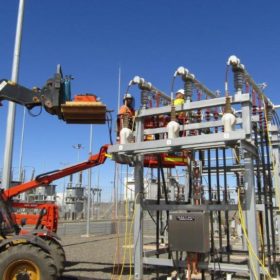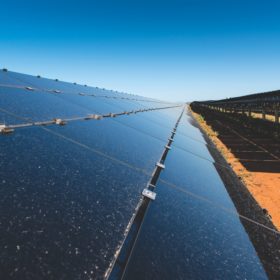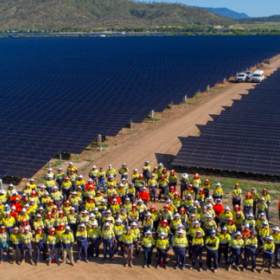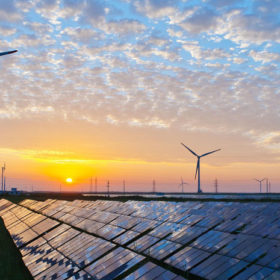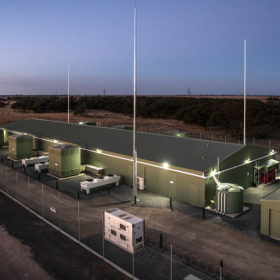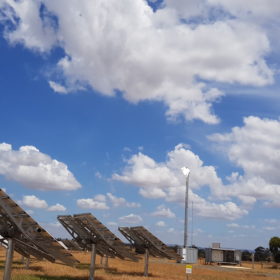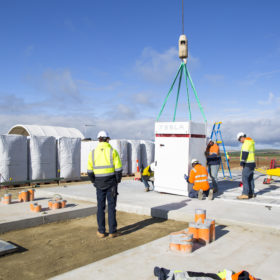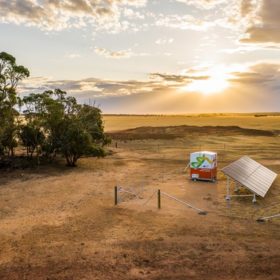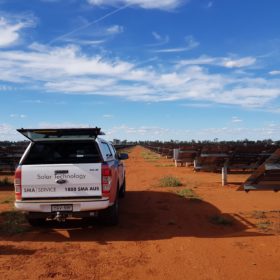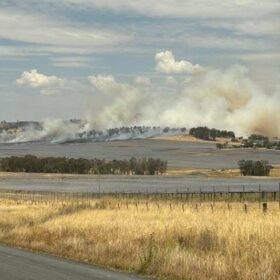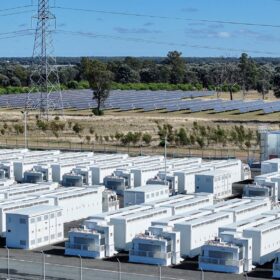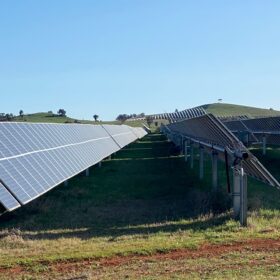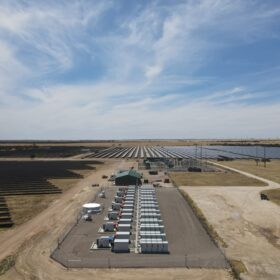Tesla big battery expansion reaches milestone
Network connection works have been completed on Neoen’s upgraded Hornsdale Power Reserve in South Australia. The 50MW/64.5 MWh expansion will provide an Australian-first large-scale demonstration of the potential for battery storage to provide the stabilizing inertia services that are critical to the future integration of renewable energy.
NEM 5-minute settlement delayed until 2022
Australia’s energy regulators say their COVID-19 power plan released last week is designed to ease regulatory pressure on the industry and strike a balance on reforms and changes: some must continue at pace while others will be slowed or deferred.
Long read: Faltering grid curtails, delays, stalls solar
It’s no secret that Australia’s surge in utility-scale solar and wind – some 4.4 GW commissioned in 2018-19, and a further 3.5 GW expected in 2020 – has overwhelmed sections of the grid. An array of actions and innovations spurred by a recent curtailment crisis in the West Murray region of New South Wales will help crack the code to successful energy transition in Australia and beyond.
AEMO declares system strength gap in North Queensland
Following the official declaration of a system strength shortfall in northern Queensland, transmission network service provider Powerlink will need to address the issue and ease the situation for three severely impacted renewable energy generators.
Another remarkable year: 2019 saw renewables records tumble
With 4.4 GW of new renewable energy capacity installed and almost a quarter of Australia’s electricity supply now coming from renewable energy sources, 2019 was another year of extraordinary growth, according to the latest edition of the Clean Energy Australia report. As rooftop solar continued its record-breaking streak, big PV made up more than two-thirds of Australia’s large-scale renewable energy capacity installed last year. Meanwhile, the battery storage sector started to gain momentum.
Do you know the difference between Virtual Inertia and Fast Frequency Response?
Virtual inertia is a fundamentally different mechanism to fast frequency response (FFR).
RayGen announces major equity investor in Photon Energy
Melbourne solar Thermal Hydro tech company RayGen has announced a strategic partnership with global developer Photon Energy. The boost comes only weeks after added ARENA funding and signals a major push toward a solution to the problem of solar intermittency.
Plans unveiled for 600 MW Victoria battery
French renewable energy developer Neoen is looking to develop a massive battery near Geelong that will dwarf its largest project to date – South Australia’s 100MW/129MWh Tesla big battery.
Western Australia, the stand-out state for stand-alone systems
Before social-distancing became a thing, Western Australia stood apart from the rest of the country. Defined by remoteness, the state is beginning to embrace its identity, and cure itself of network headaches at the same time, with the uptake of stand-alone power systems (SPS).
Curtailment and queueing to end: SMA helps soothe West Murray woes
Good news story: After more than six months of distress and compromise in the sunny but grid-challenged West Murray region of Australia, German solar equipment manufacturer SMA has developed an inverter-based solution that allows solar farms to play in harmony, and hopefully enables a long pipeline of renewable plant to carry on connecting until the transmission cavalry arrives.
